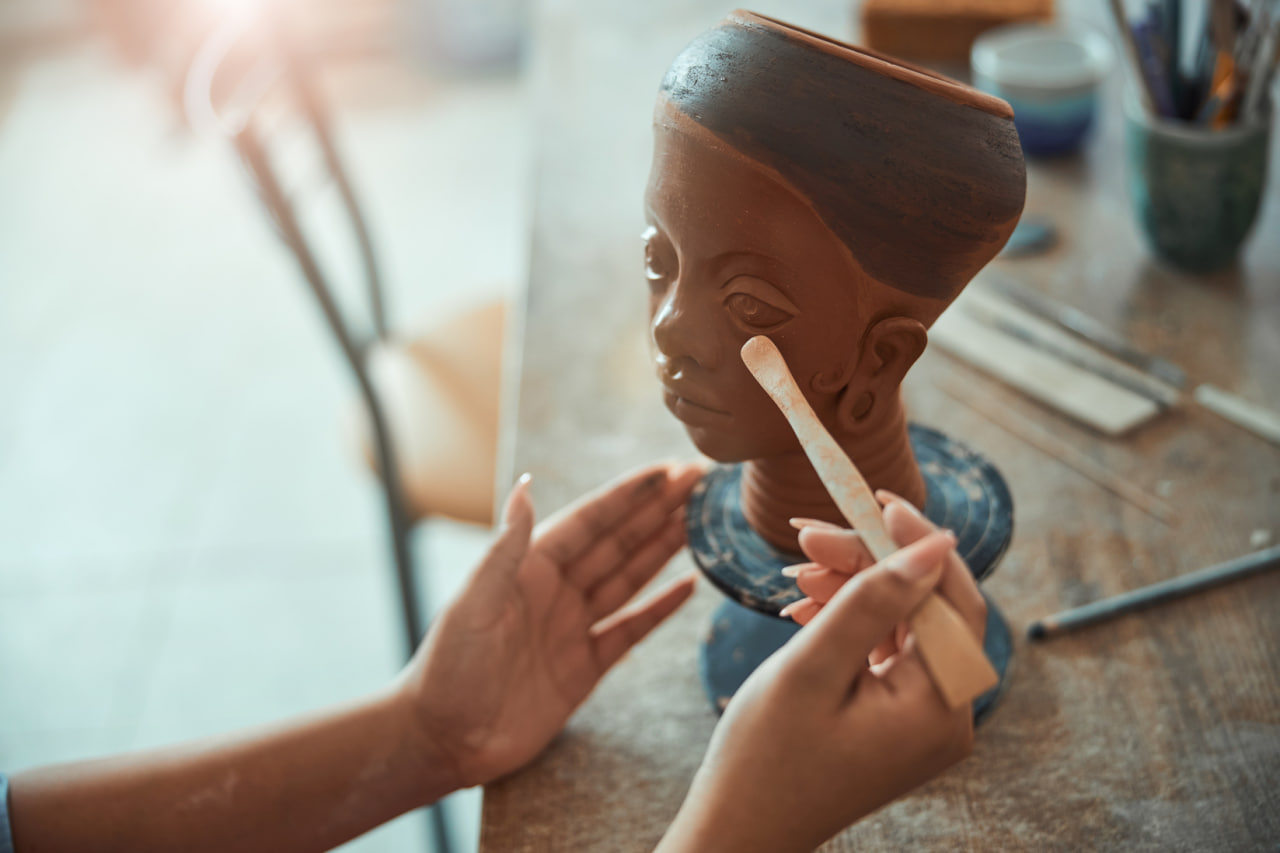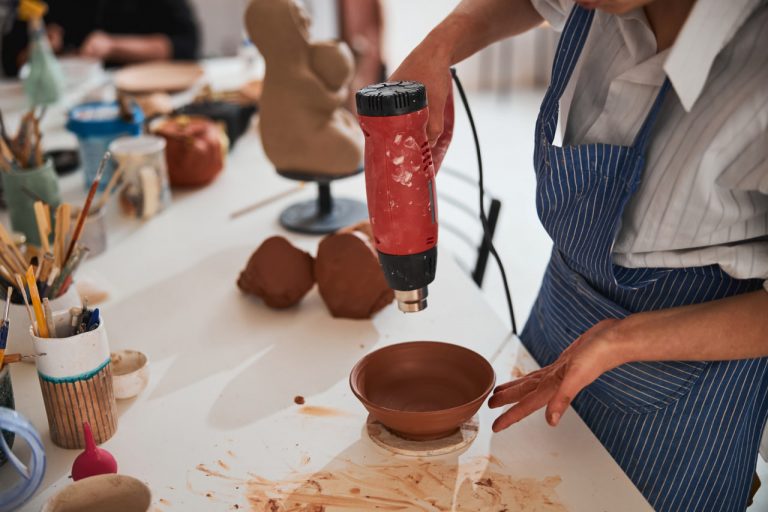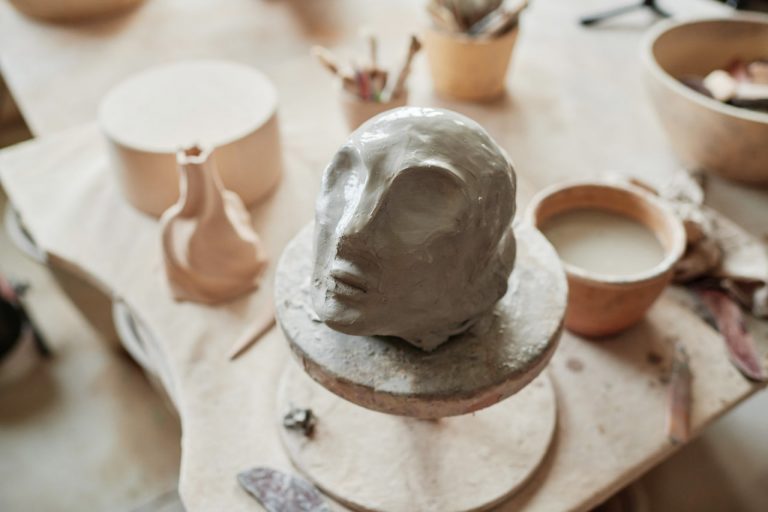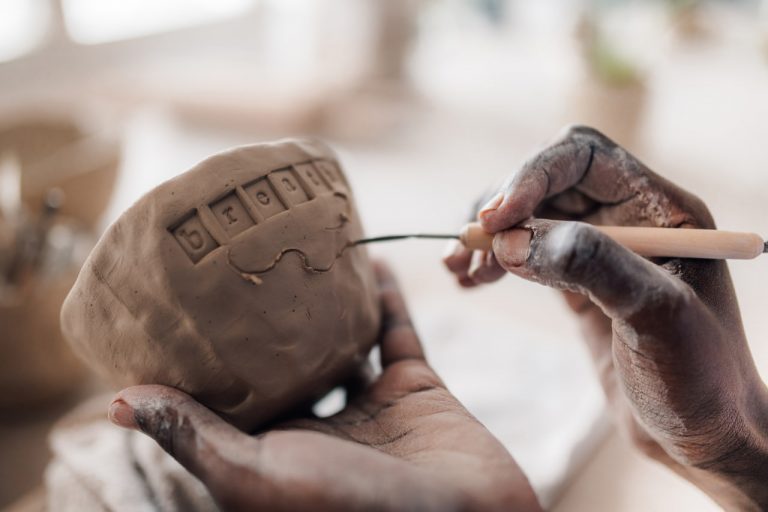Adding texture and detail to clay figurines elevates them from simple shapes to expressive, visually engaging pieces. For both beginners and experienced sculptors, mastering these techniques allows you to bring life, depth, and character to your creations. By combining various methods, tools, and creative approaches, you can transform ordinary clay into dynamic, intricate sculptures.
Using Carving and Incising Techniques
Carving and incising are fundamental techniques for adding surface detail. These methods involve removing clay to create patterns, lines, or textures.
- Tools: Use needles, knives, wire loops, or ribbon tools for precision.
- Applications: Create hair, fur, clothing folds, scales, or decorative patterns on surfaces.
- Tips: Work gently to avoid cutting too deep, and practice on scrap clay to perfect strokes before applying them to your figurine.
Stamping and Impressing
Stamping and impressing allow you to create repeating textures and intricate designs quickly.
- Tools: Commercial texture stamps, household items like lace, fabric, or even leaves can serve as creative tools.
- Techniques: Press the stamp or object into soft clay evenly, lift carefully, and smooth edges if needed.
- Effects: This method is excellent for backgrounds, clothing textures, decorative bases, or abstract patterns.
Adding Layers and Relief
Layering clay pieces creates three-dimensional detail, adding depth and complexity to your figurines.
- Approach: Build up features such as facial details, scales, petals, or clothing elements by layering small clay shapes onto the base form.
- Blending: Use fingers or modeling tools to smooth joints and ensure layers adhere properly.
- Benefits: Layering allows for more realistic and dynamic designs without compromising the structural integrity of the sculpture.
Texturing with Tools and Materials
Various tools and materials can add subtle or dramatic textures to your figurine’s surface.
- Brushes and Sponges: Achieve soft textures for skin, petals, or foliage.
- Toothpicks or Pins: Perfect for fine lines, hair strands, or intricate detailing.
- Fabric and Household Items: Press woven fabrics, textured paper, or mesh into clay for unique surface effects.
Using Slip and Engobe for Detail
Slip (liquid clay) or engobe can enhance texture and add fine details.
- Application: Paint or pipe slip onto the surface to create raised patterns, intricate designs, or textural accents.
- Techniques: Use small brushes, fine tips, or even toothpicks to manipulate the slip.
- Advantages: Slip allows for delicate surface effects without adding bulky clay layers.
Surface Finishing Techniques
After adding textures and details, finishing techniques further enhance your figurine:
- Sanding and Smoothing: Gently sand dried or baked clay to refine surfaces while preserving detail.
- Painting and Staining: Apply colors selectively to highlight textures or create visual contrast.
- Sealing and Varnishing: Protect delicate textures and enhance the overall appearance of your sculpture.
Experimenting with Mixed Media
Incorporating other materials can amplify texture and visual interest:
- Wire, beads, or fabric: Add accents, structural support, or contrast to clay surfaces.
- Combination Techniques: Combine carving, layering, and external elements to create multidimensional pieces.
- Creative Freedom: Experimentation encourages unique, signature styles and encourages problem-solving in design.




